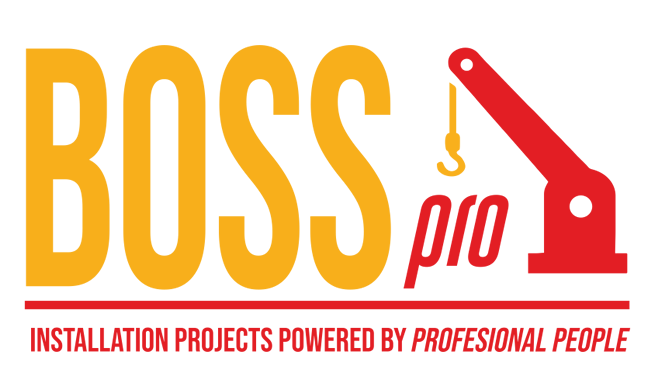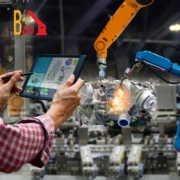The Real Cost of Automation: Planning for Long-Term Success
While the benefits of automation are well recognized, financial considerations remain one of the largest barriers to adoption. According to industry research, 32% of manufacturers identify lack of budget as a primary obstacle. However, the issue is often not the cost itself, but the miscalculation of the Total Cost of Ownership (TCO).
The initial investment in advanced systems is only part of the picture. Companies must also consider integration costs, downtime during installation, and the need for training or external consultants. Failing to account for these factors can compromise project viability before implementation even begins.
A comprehensive financial framework should include:
-
Planning and development – Feasibility studies and technical evaluations.
-
Acquisition and integration – Hardware, software, and process alignment.
-
Maintenance and upgrades – Sustaining efficiency over time.
-
Retirement or replacement – Anticipating the lifecycle of the technology.
Complementing this with a full risk assessment provides a safety margin for unforeseen challenges. Building financial resilience is essential, as unexpected issues can arise at any stage of the project.
The lesson is clear: a delayed but well-planned automation investment is far more sustainable than an accelerated one lacking financial clarity. By taking a holistic approach, manufacturers ensure that automation delivers not only immediate gains but also long-term profitability.
📖 Inspired by Nicolas Lachaud-Bandres, Hexagon Manufacturing Intelligence.



